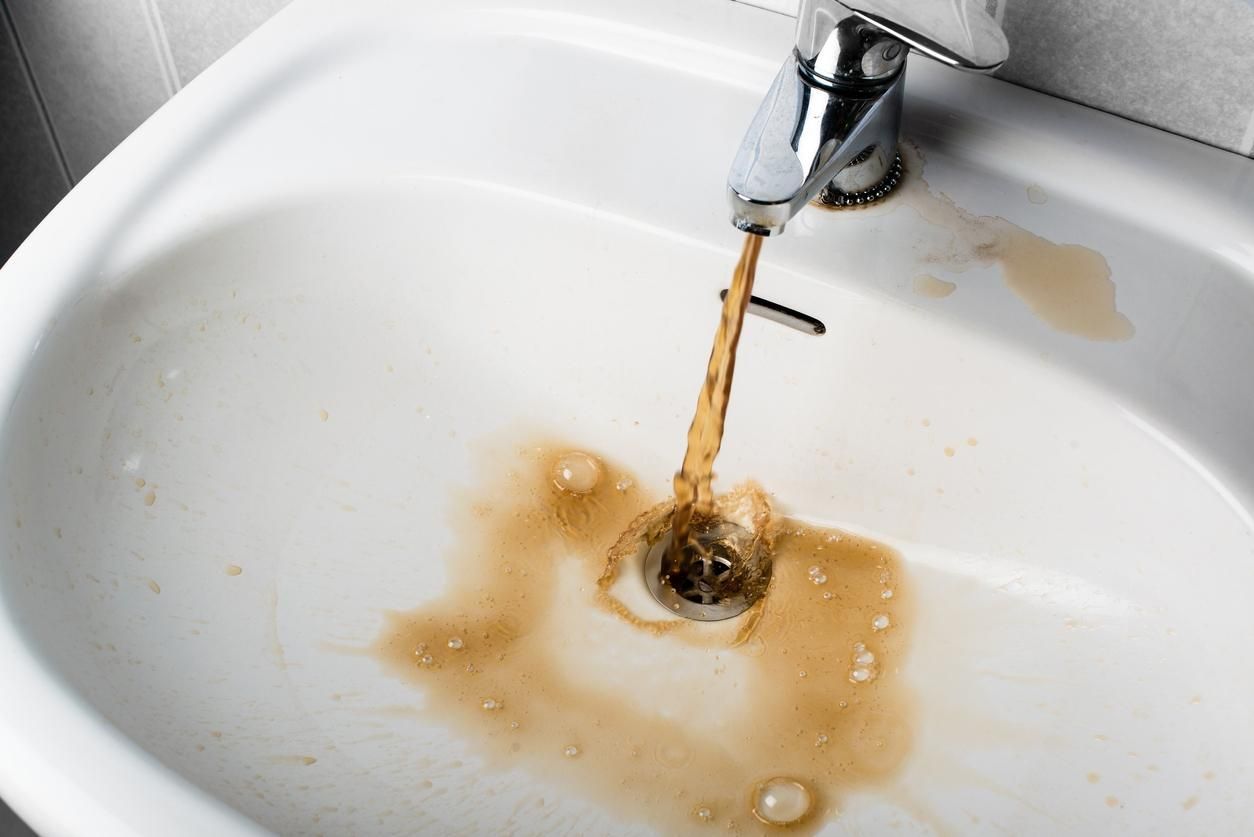Sometimes, regular homeowners like you and me tend to overlook the important things right under our nose– or rather, above our head, like the ductwork system in our homes. Would you believe if I told you that the very air you breathe inside your living space is affected by the state of your ductwork? Yes, you heard it right! Here in Gloversville, we’re talking to you about the importance of installing new ductwork and how it could drastically improve the air quality in your home. Buckle up folks, because we’re about to dive into the world of ductwork!
What’s this Ductwork anyway?
Ductwork, in simple terms, is like the respiratory system of your house. Picture the ducts as the airways in your lungs and your heating, ventilation, and air conditioning (HVAC) system as the heart, pumping warm or cool air through these ducts. Now, try going for a jog with a stuffy nose and you’ll understand what a choked ductwork does to your home. Not so pleasant, right? That’s why considering new ductwork in Gloversville becomes essential.
Out with the Old, in with the New Ductwork
‘Old is gold’ may ring true in many cases, but when it comes to ductwork, this old adage doesn’t hold up. Aging ductwork systems experience wear and tear, leading to issues like leaking air and increased energy costs. Who doesn’t appreciate a lower energy bill and more efficient heating and cooling, right? That’s why investing in new ductwork could turn out to be a goldmine for homeowners in Gloversville.
Improved Air Quality
Let’s take a trip down to memory lane, remember when you were a kid and you’d feel invigorated after taking a breath of fresh air on a spring day? What if I told you your home could feel the same way with new ductwork? Ageing ductwork tends to accumulate dust, mold, and allergens. The new ductwork not only prevents this but also ensures better air quality by efficiently distributing clean air throughout your home. Think of it as a breath of fresh air for your home in Gloversville.
Is it time for New Ductwork?
It’s like feeling a draft on a chilly winter night or sweating on a hot summer day even with your HVAC blasting. Isn’t it frustrating? Or perhaps, you’ve noticed a spike in your energy bills without a reasonable explanation. These could be signs that your home is crying out for new ductwork.
Look no further, Gloversville!
Alright folks, that’s enough talking about the problems, let’s talk solutions now! Here in Gloversville, we’ve got a network of professionals ready to support you with your new ductwork needs. They are committed to not just installing your new ductwork, but also ensuring your home gets the fresh breath of air it deserves. So, what are you waiting for, Gloversville? It’s time to breathe easy with new ductwork!
